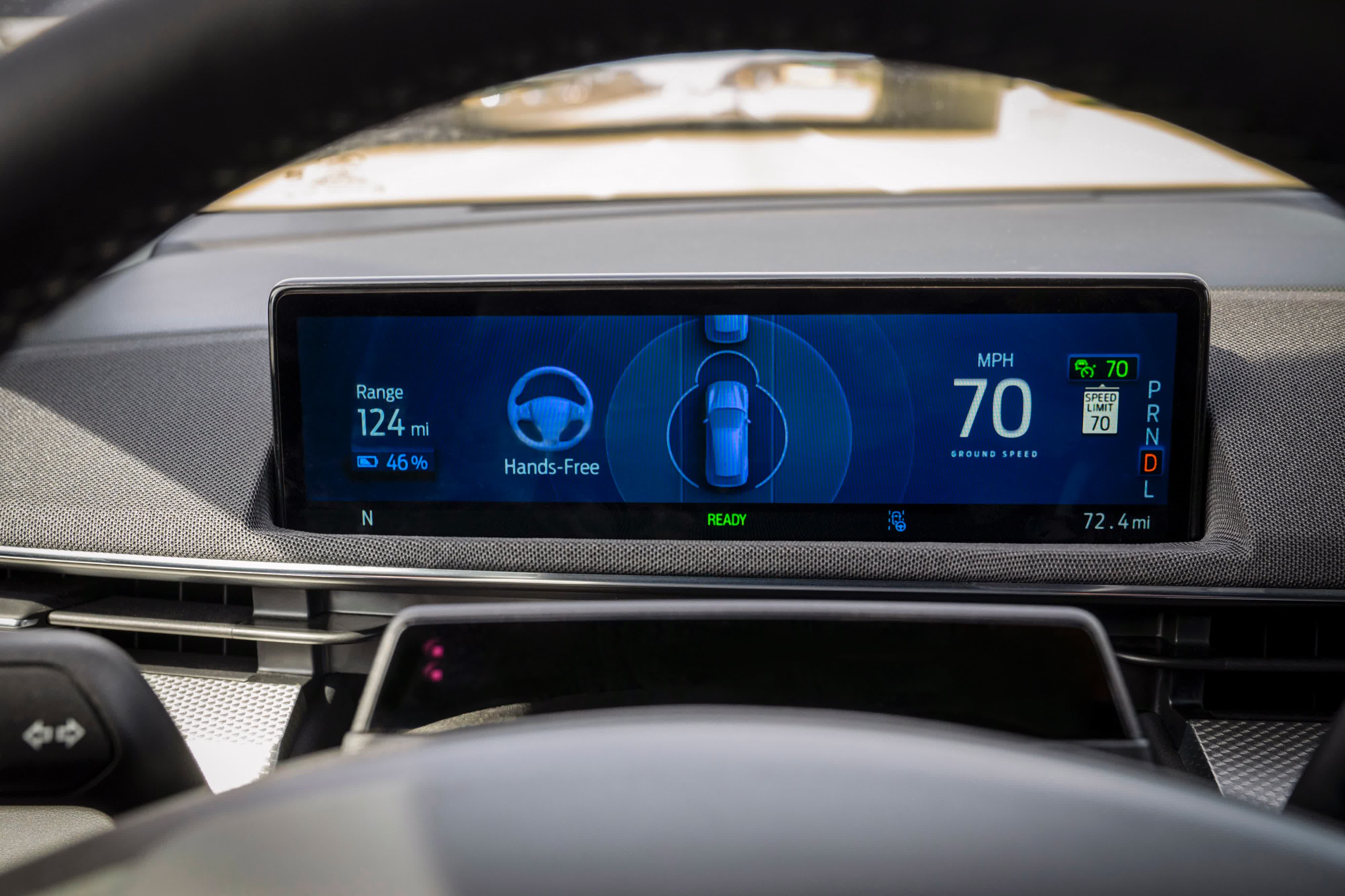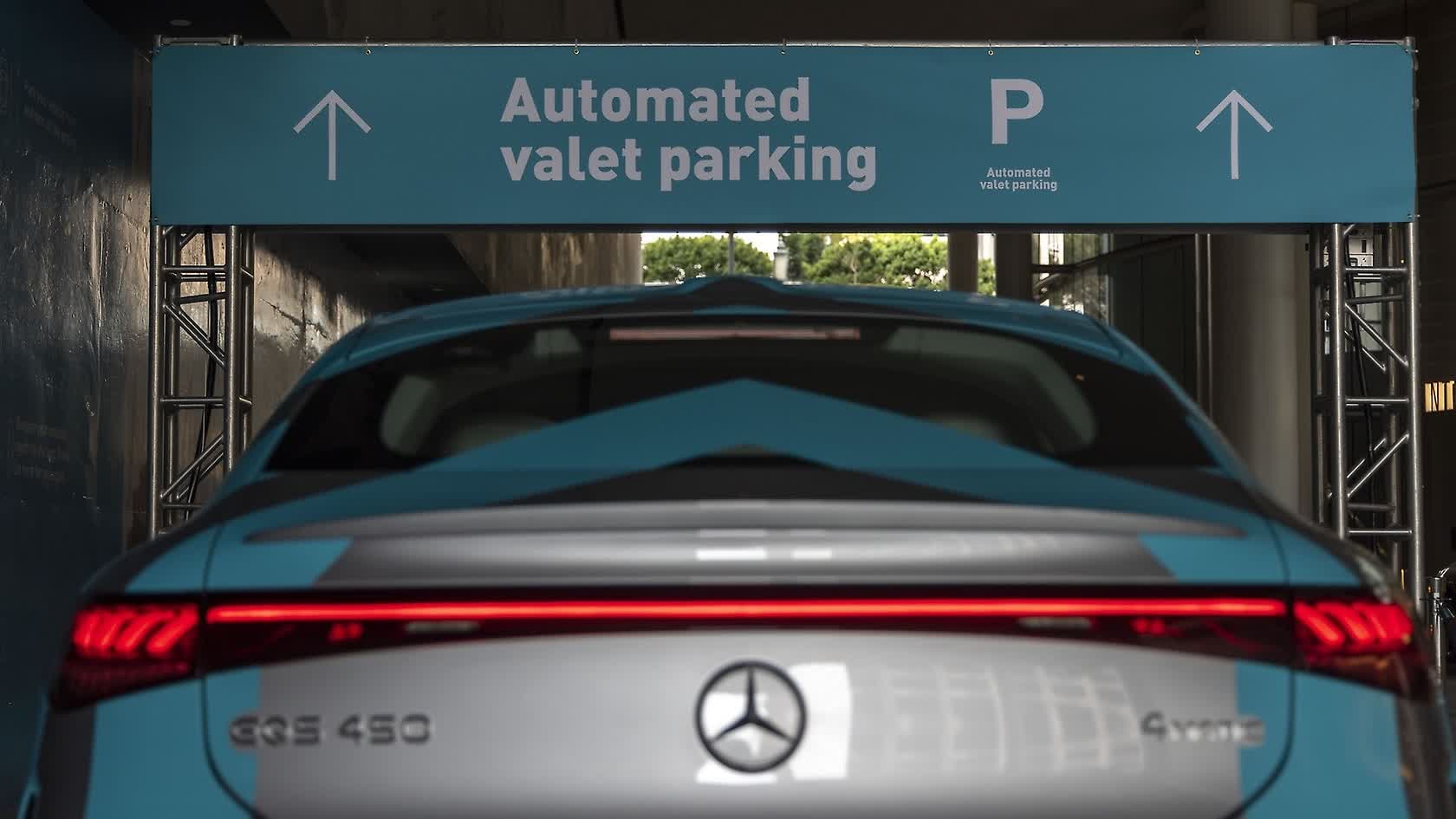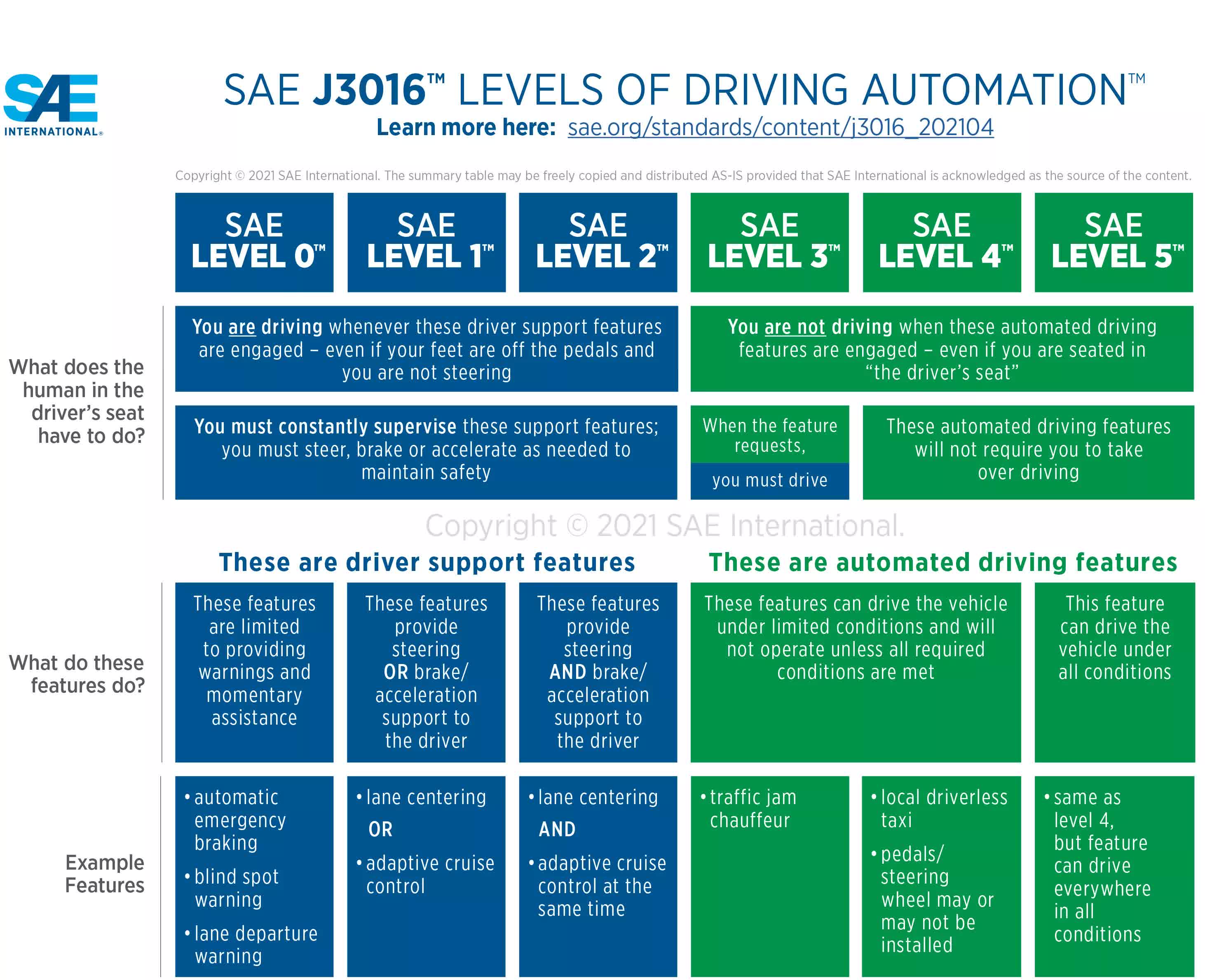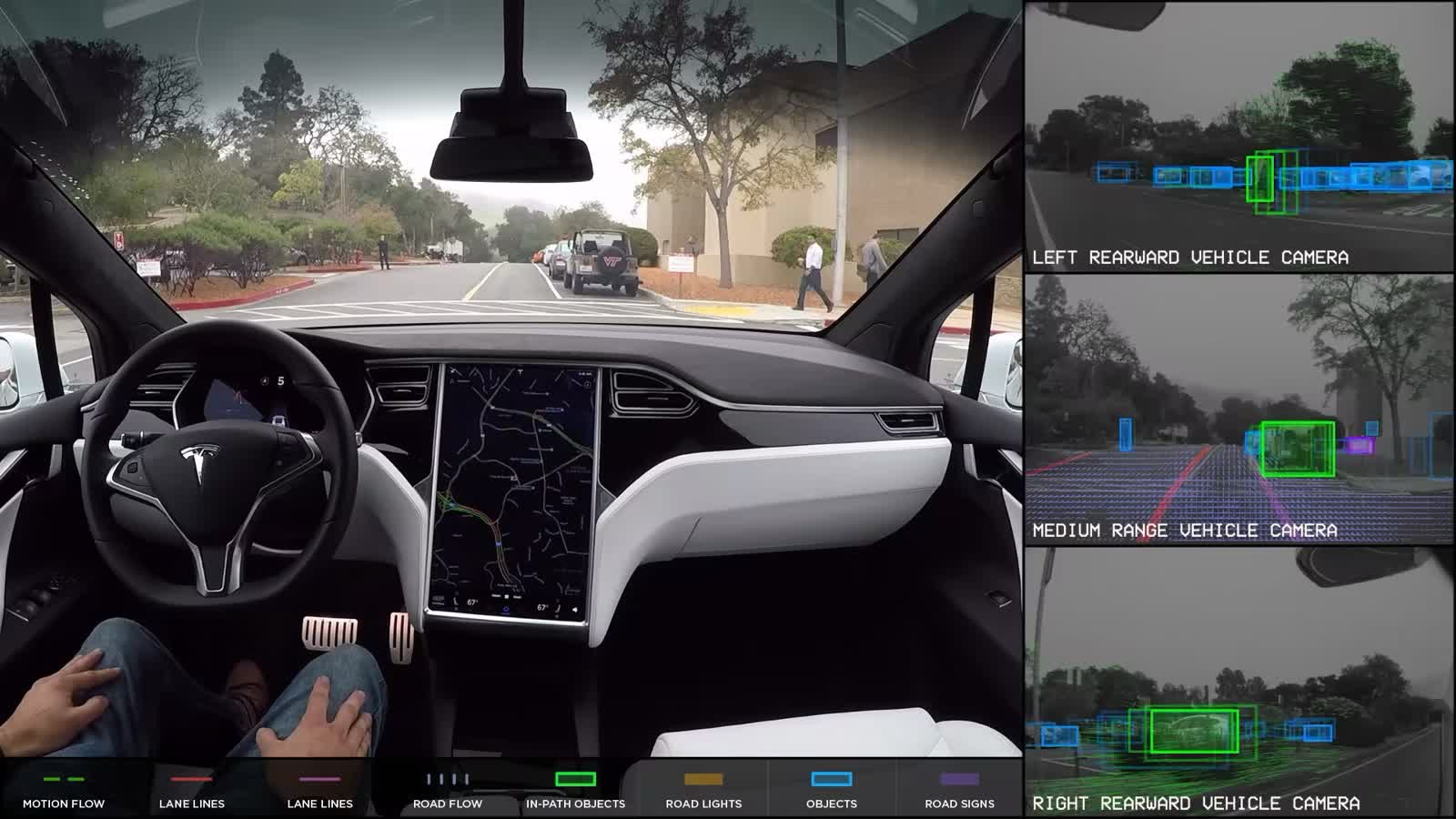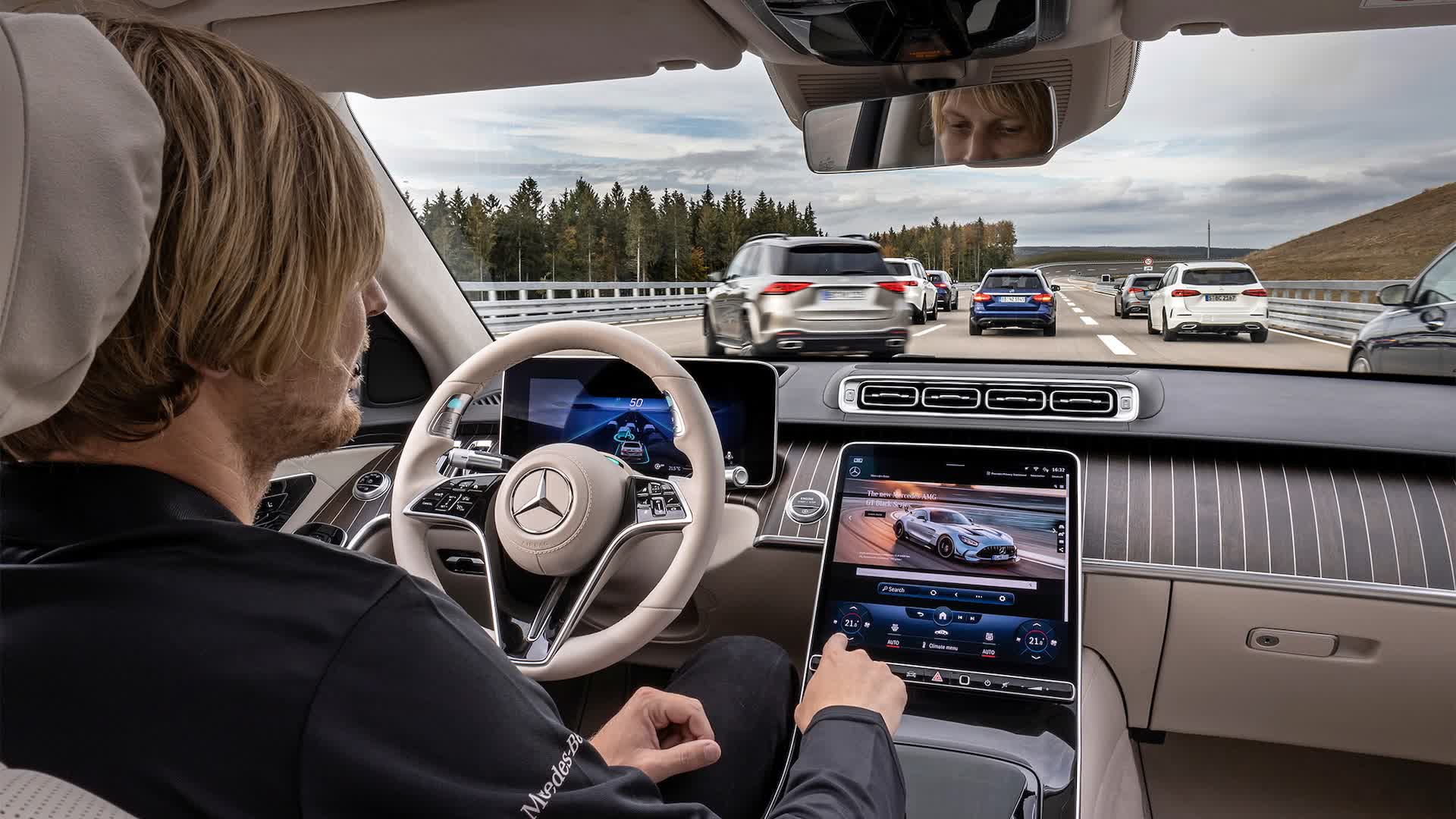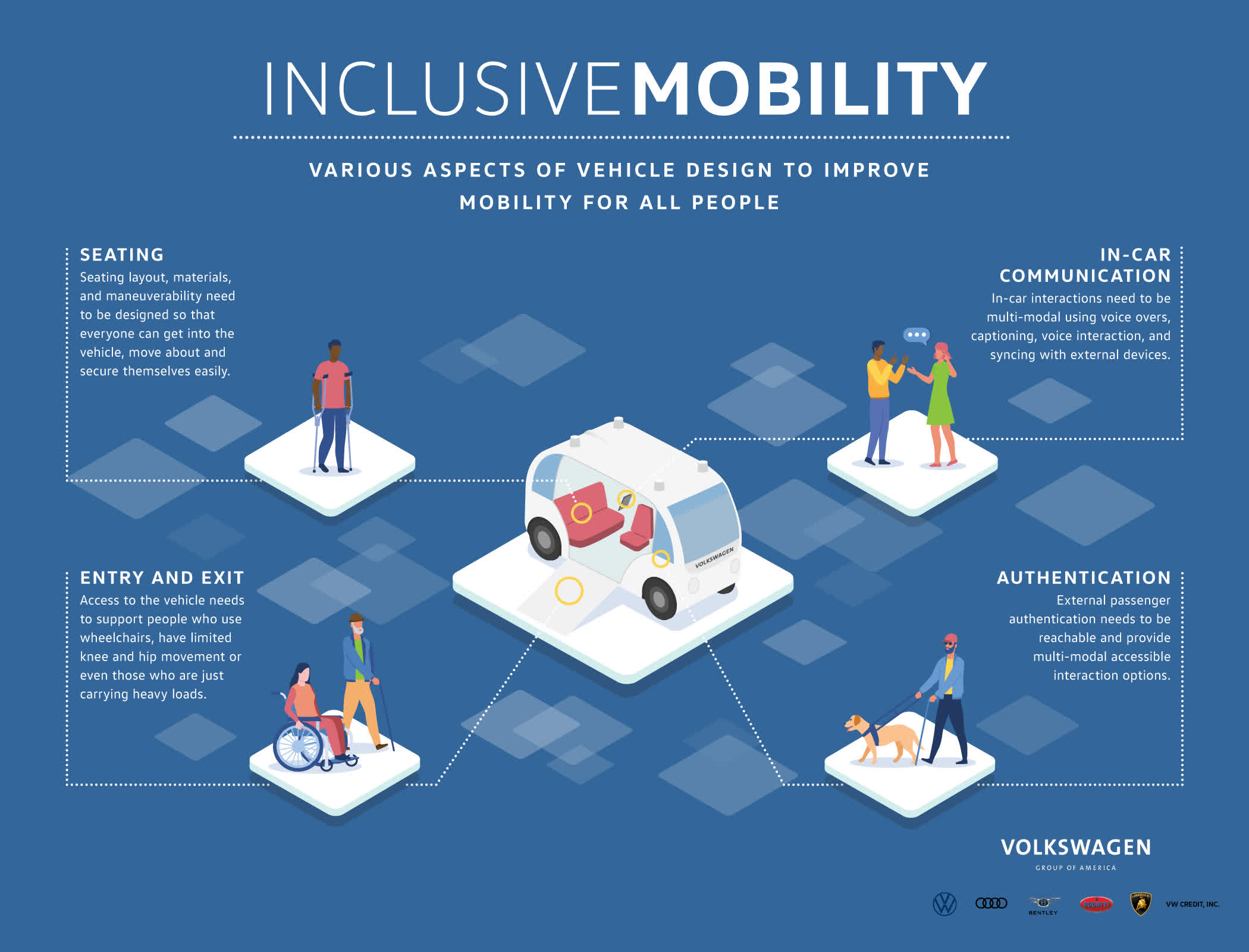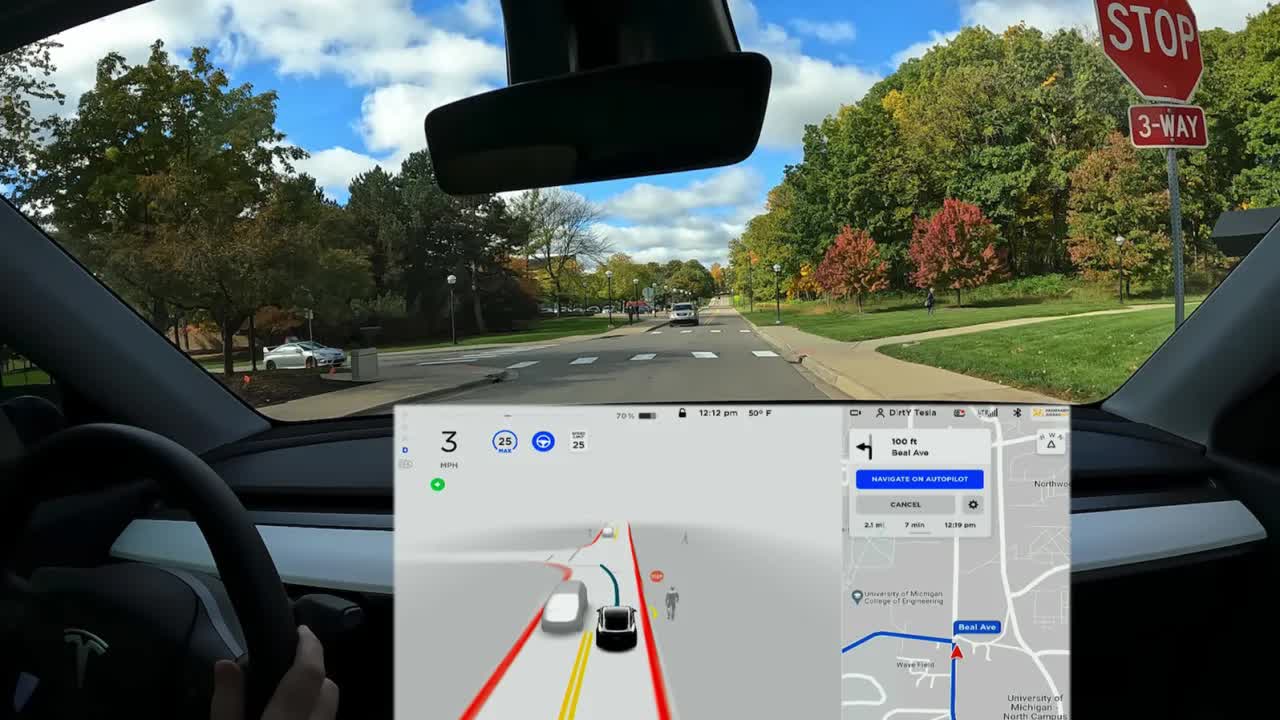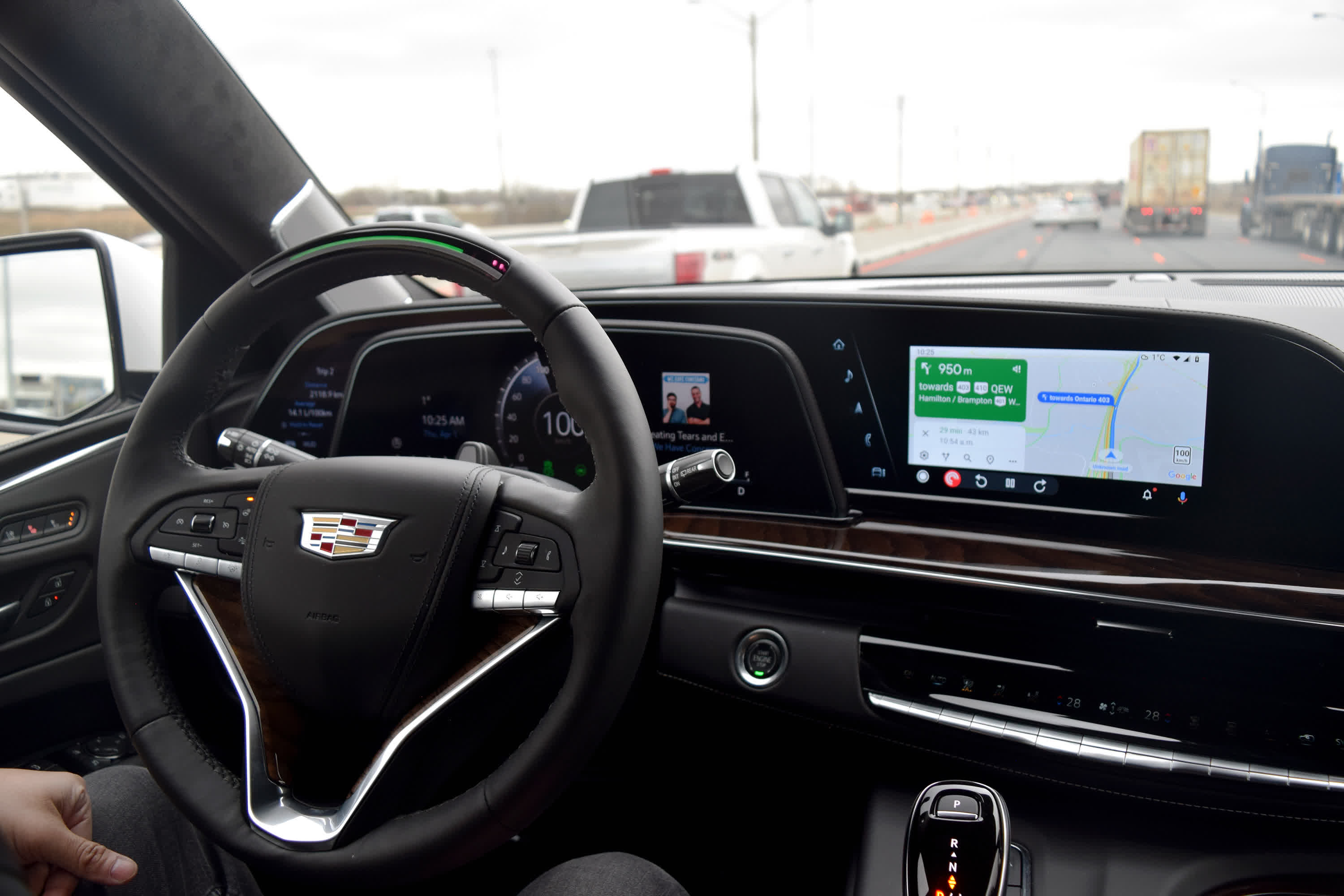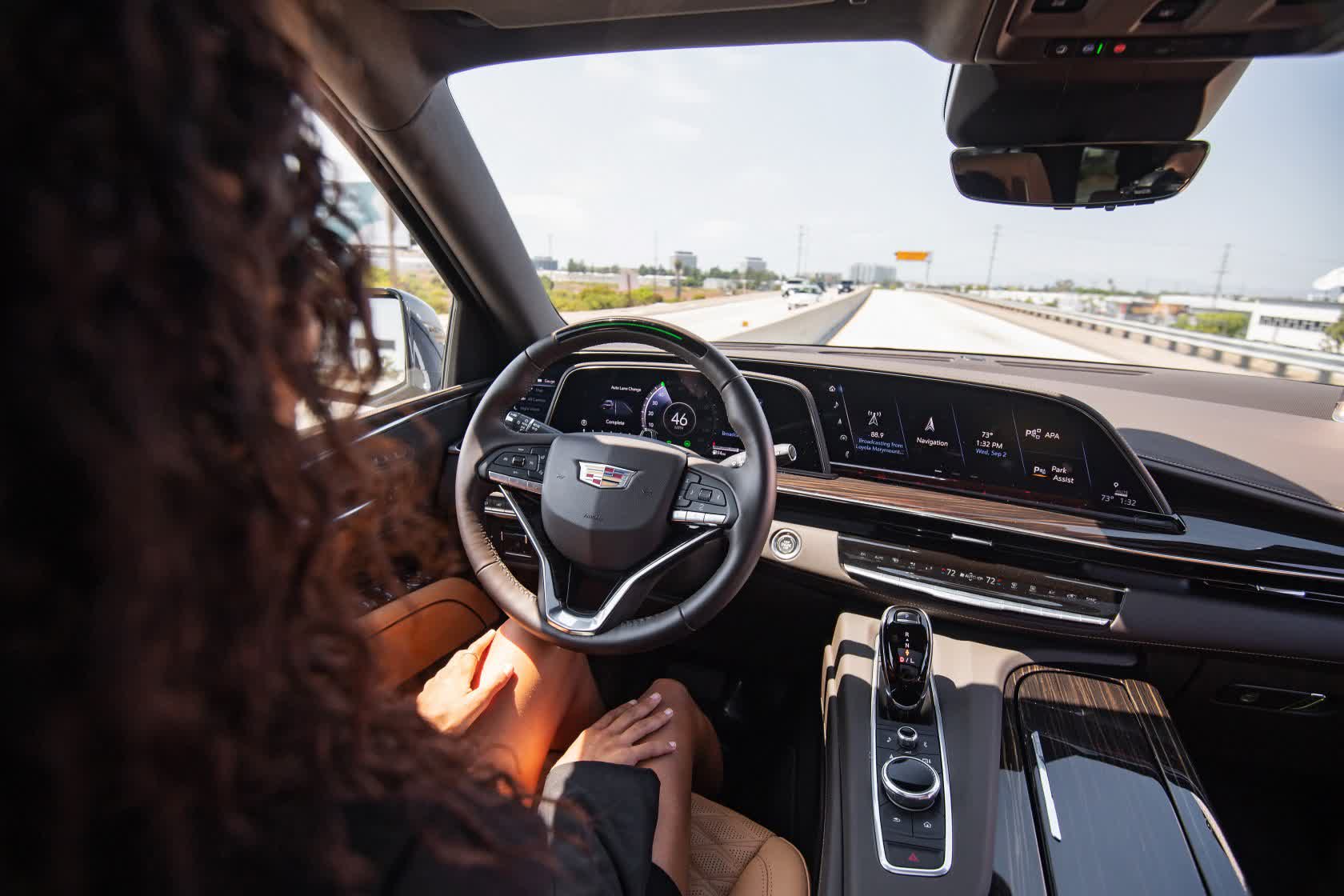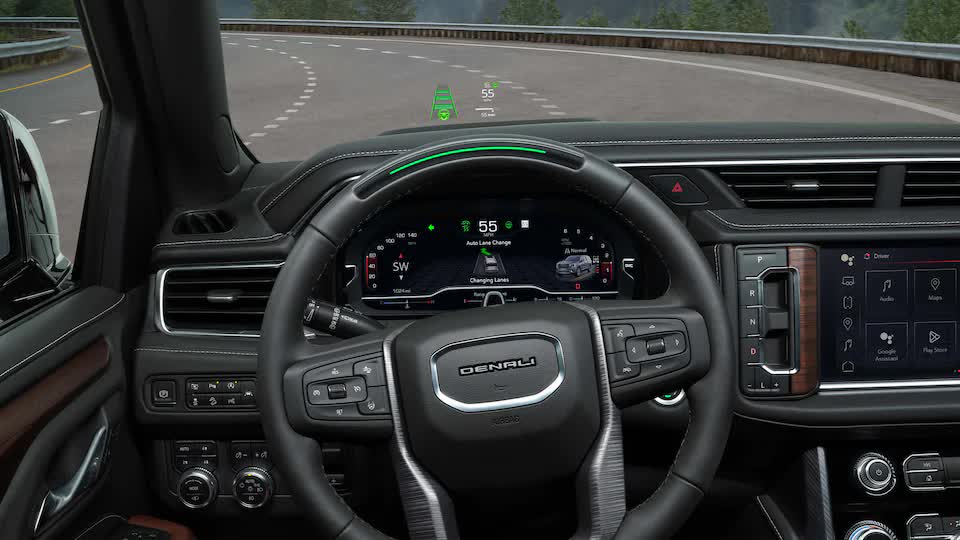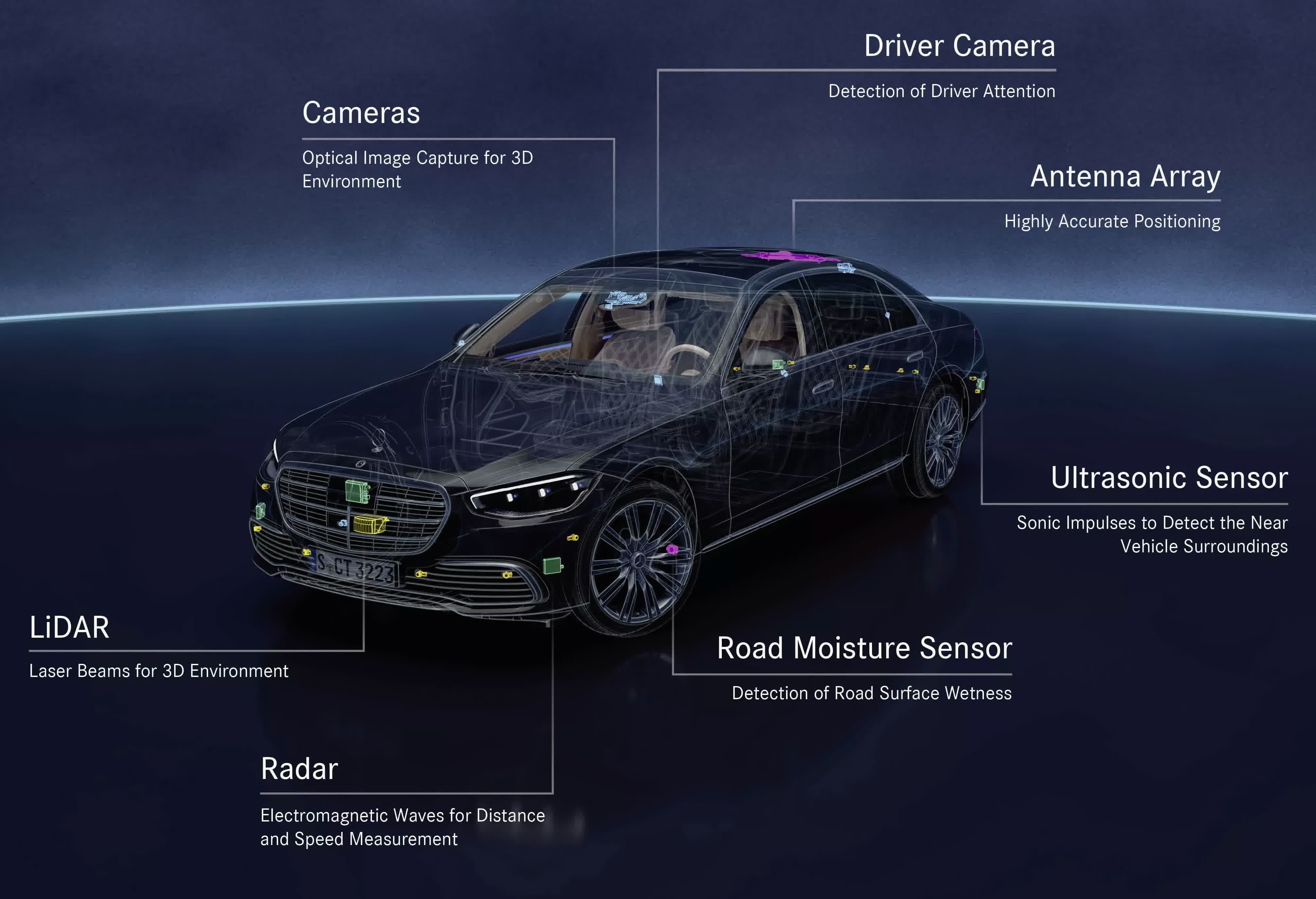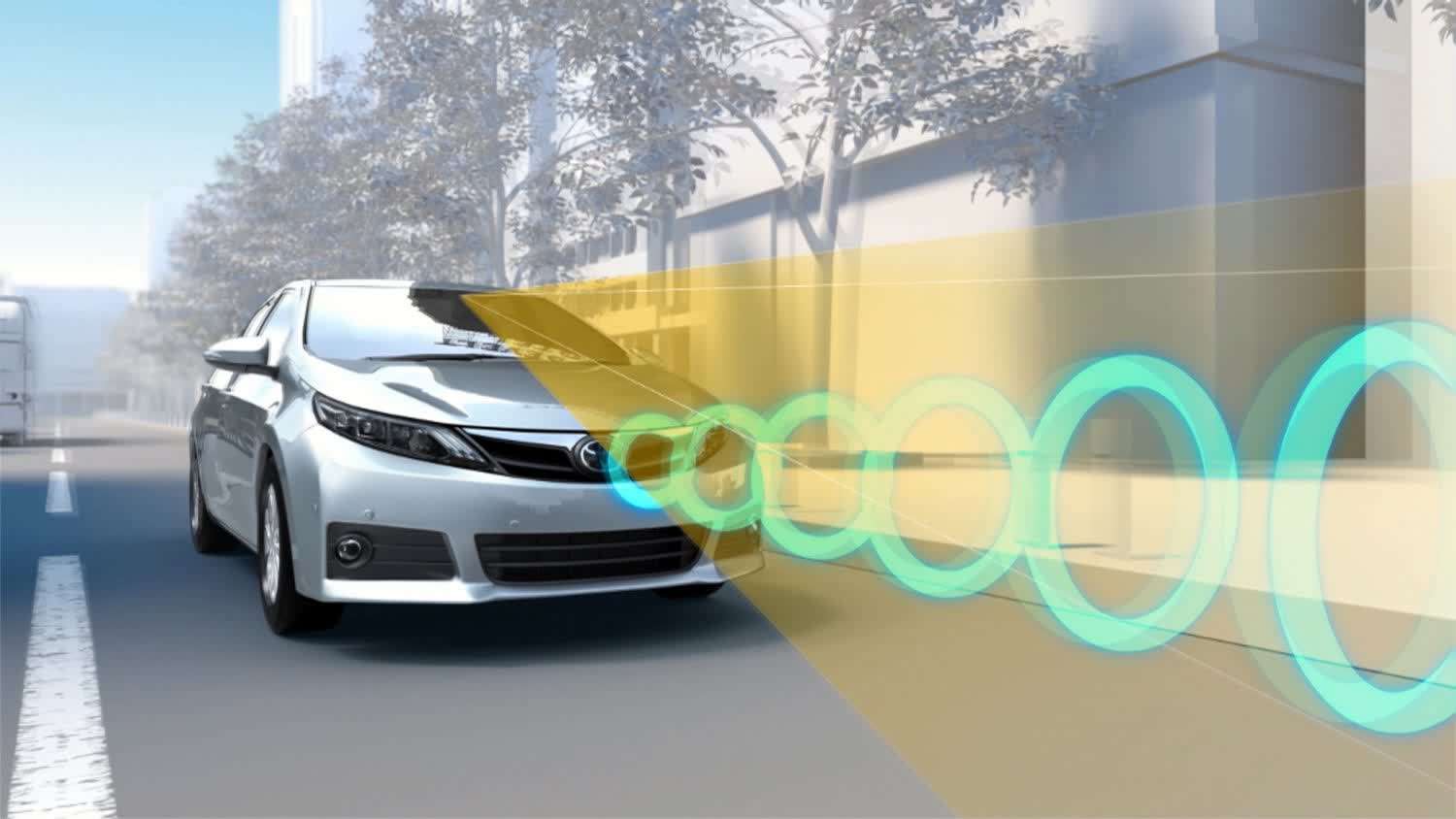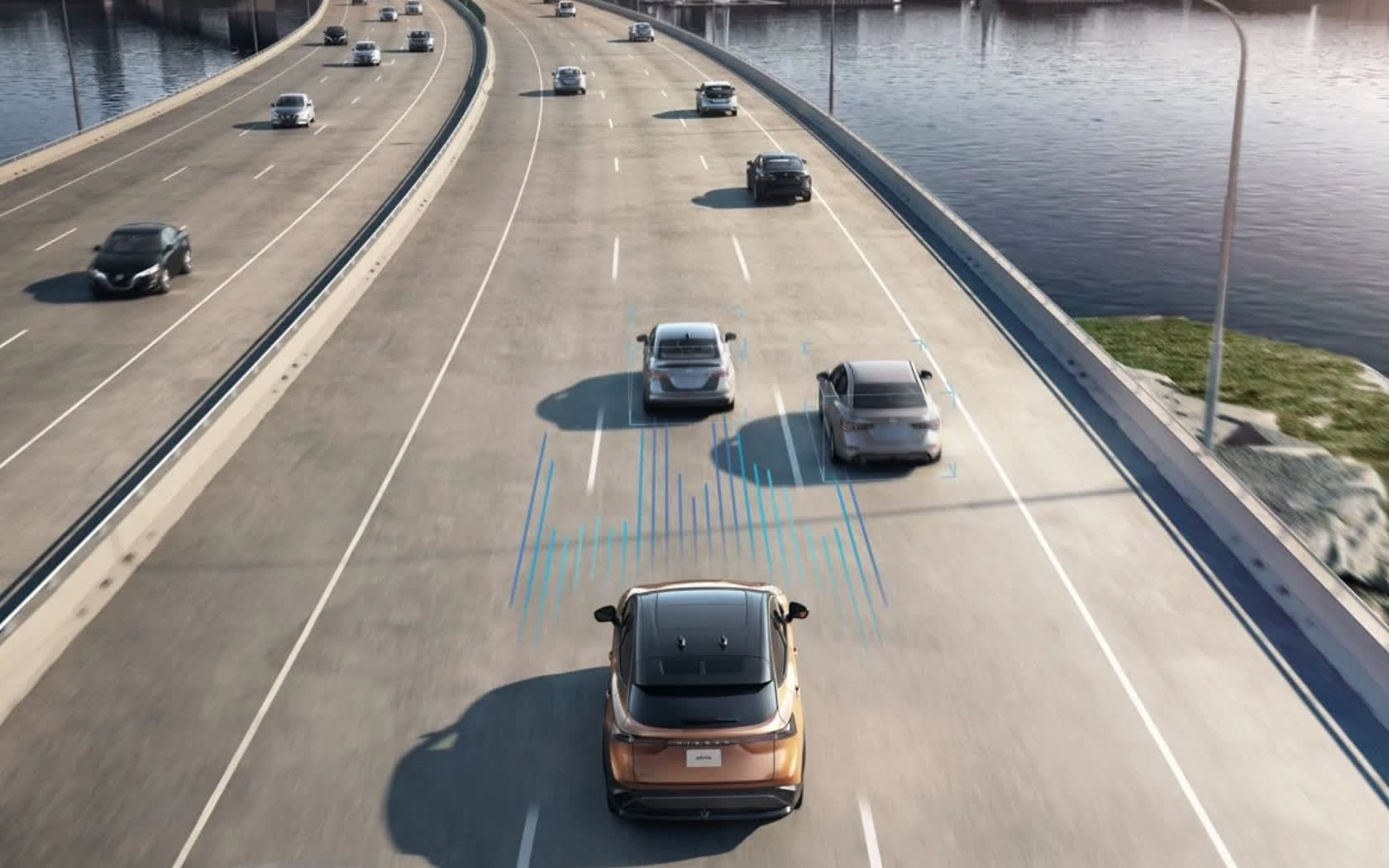Science fiction has promised self-driving vehicles for decades, with images of families getting swept away while enjoying each other's company. It's a romantic, idyllic image. Today, car manufacturers are racing to develop the technology to make fully self-driving cars a reality.
Advances in processors, camera technology, and AI have brought us closer than ever before. Self-driving vehicles aren't new, but you'll be surprised to learn how far we still have yet to go. Even though some developments like Tesla's Autopilot, appear to offer fully self-driving vehicles, they are far from it. And now Tesla is joined by the dinosaurs of the industry, like General Motors, Ford, VW, and others, whose technology has caught up and threatens to improve what Tesla offers.
Behind all the marketing and hype is a standards agency called the Society of Automotive Engineers. The SAE defines and maintains various standards automotive manufacturers must adhere to when making claims. From towing capacity to how horsepower is measured, the SAE also keeps companies honest with claims about their self-driving systems.
So, what makes a vehicle fully autonomous? That's the question the SAE answered when they created the levels of self-driving systems the industry now uses as the standard.
Six Levels of Self-Driving Systems
Here's how the SAE breaks down the six self-driving or automated driving levels:
Level 0
This is the type of automation that feels familiar to most. Passive sensors give drivers extra eyes and ears. A level 0 system isn't going to assist the driver with any accelerating or cruise features. There are simple alerts to identify when a vehicle is in your blind spot, or you might have wandered from your lane. These basic features are often sold as safety equipment, and blind spot monitoring is so widespread that most people barely notice it.
Level 1
The technology for Level 1 systems is commonplace in most vehicles made in the last five years. Most companies refer to Level 1 self-driving technology as Driver Assists or Aids. Features like adaptive cruise control and lane centring are standard on most current vehicles. Adaptive cruise control is a type of Level 1 self-driving technology. Adaptive cruise, a.k.a. radar cruise control, uses a blend of radar and forward-facing ultrasonic sensors (think sonar). Once the sensor system detects a vehicle, it slows your vehicle's speed to match the one ahead while maintaining the distance you set it to. Lane centring does what the name suggests, keeping a car centered between the painted lines instead of ping-ponging between them. Level 1 self-driving technology still requires much attention and input from the driver.
Level 2
Level 2 self-driving systems are less common than Level 1. And despite its name, Tesla's Autopilot is only Level 2, according to the standards created by the SAE. Some manufacturers are rolling out Level 2 systems of their own, but only on select few models and high-end trims. A Level 2 system can start to fool you into thinking it's fully self-driving. Still, it only combines complex lane centering and adaptive cruise control. A Level 2 system still requires full attention from the driver, forcing companies to get creative with ensuring drivers are still engaged. Some systems only require occasional steering wheel feedback, while others use infrared eye trackers to ensure drivers aren't distracted.
Level 3
This is where self-driving cars get closer to the experience many expect. At Level 3, the vehicle can navigate entirely on its own under a list of strict requirements. These requirements may include certain times of day, at a specific speed, on certain roads, and others. What the restrictions look like depends widely on each jurisdiction. Mercedes is the only company with a (self-certified) Level 3 system. However, don't get your hopes up. Only Nevada permits their Drive Pilot system as of March 2023. There's still a requirement for driver intervention if the system reaches the limits of its restrictions.
Level 4
The second-last stage on the self-driving system scale is Level 4, which completely removes the need for a driver but still operates under restrictions. Level 4 autonomy won't drive when the weather is bad, at certain speeds, or during peak hours. However, a Level 4 car may also ship without pedals or a steering wheel. That's because, at Level 4, the car does all the driving when the conditions are right. There's no need for driver intervention.
Level 5
Finally, the kind of self-driving science fiction promised us. A Level 5 system will perform all driving functions regardless of conditions, roads, traffic, etc. There is never a need for a driver to take control. You can expect most Level 5-capable vehicles to be mobility-focused, lacking many of the controls you expect in a car. There's speculation about what a Level 5 system will look like when it does happen. Most agree it's likely to include sensors like LiDAR, cameras, and advanced connectivity. These cars might talk to each other, reporting their travel route, speed, and lanes they want.
Self-Driving Cars Today
Now that we know how the SAE defines the different levels of self-driving vehicles, let's look at some of the top self-driving systems on the market in 2023.
Tesla AutoPilot
Tesla AutoPilot is one of the first self-driving systems widely available. Unfortunately, it's a less advanced system than the name suggests. The confusion has resulted in several fatal accidents, lawsuits, and even a Federal investigation into how Tesla advertised its self-driving technology.
Controversy aside, AutoPilot set in motion a trend that many mainstream manufacturers were left scrambling to catch up. Thanks to AutoPilot, self-driving technology is now found on dozens of models across almost every vehicle lineup.
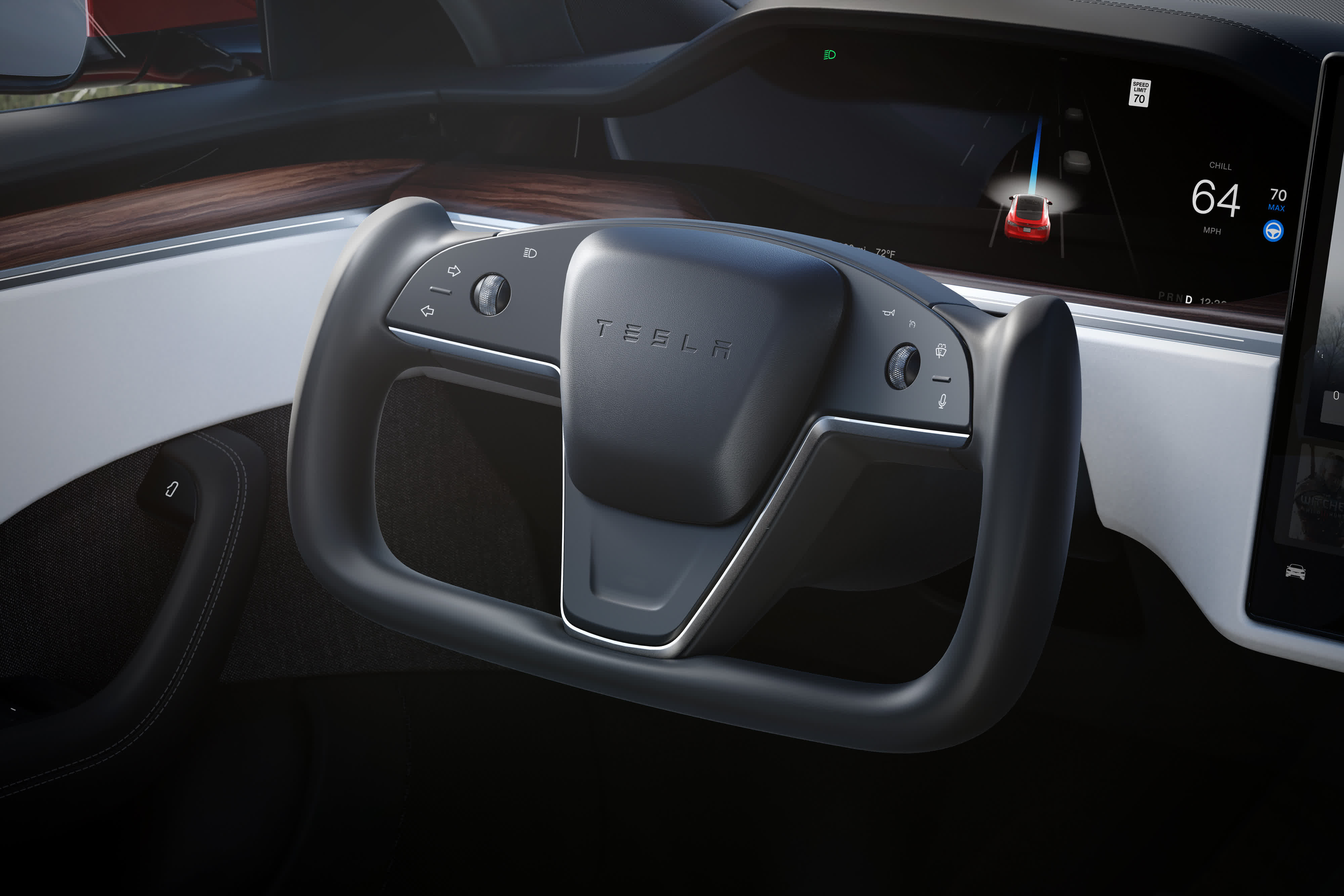
Despite Tesla's branding, AutoPilot fits firmly into the SAE's Level 2 definition of self-driving technology. AutoPilot uses lane tracing (keeping the vehicle centered in the lane) and adaptive cruise control simultaneously. AutoPilot also includes technology that automatically changes lanes when prompted by the driver. But, because AutoPilot is not Level 3 or higher, it must ensure the driver is still aware and ready to take control. AutoPilot occasionally prompts the driver to put their hands on the steering wheel. Sadly, it didn't take long for Tesla owners to find ways to trick the system and post videos of self-driving stunts while AutoPilot was engaged.
In daily use, Tesla AutoPilot is an advanced Level 2 system that will reduce some of the strain of highway driving. It effortlessly handles highway situations, like jams, lane changes, and speed variations. Having to touch the steering wheel occasionally can get slightly annoying on longer trips. Still, it's a small action when generally, you can enjoy a ride hands-free.
Using the automatic lane change feature is easy, if not unnerving. It feels surreal trusting a vehicle to make the change independently. However, many owners get used to the experience. In general, using Tesla AutoPilot is still an excellent example of what a Level 2 system can do and gives us a small taste of what self-driving cars might look like in the future.
GM Supercruise
General Motors introduced its version of a Level 2 system which took a unique approach to monitoring the driver. Similar to AutoPilot, SuperCruise uses lane-tracing and adaptive cruise control in tandem. An automatic lane-change system can get triggered by the driver. A camera in the side-view mirror gives you vision into blind spots while SuperCruise prepares to make the lane change for you.
SuperCruise uses eye-tracking technology to make sure the driver is paying attention. An infrared-based sensor is mounted along the steering wheel's top and monitors which direction the driver's eyes are pointing. Look away from the road for too long, or close your eyes, and the system disengages and requires driver intervention.
Eye-tracking is advantageous because it lets the driver enjoy hands-free driving for their trip. As long as they keep an eye on the road in front, SuperCruise's adaptive cruise control and lane tracing do their work. However, SuperCruise is limited to roads and highways mapped by their engineers.
There are over 200,000 miles of SuperCruise mapped routes in the US and Canada, but some secondary highways might still need to be added, preventing SuperCruise from activating. GM plans to expand their mapped road system in 2023 to over 400,000 miles. SuperCruise will be available on trucks and SUVs across the GM family of vehicles, as many as 23 models by 2023.
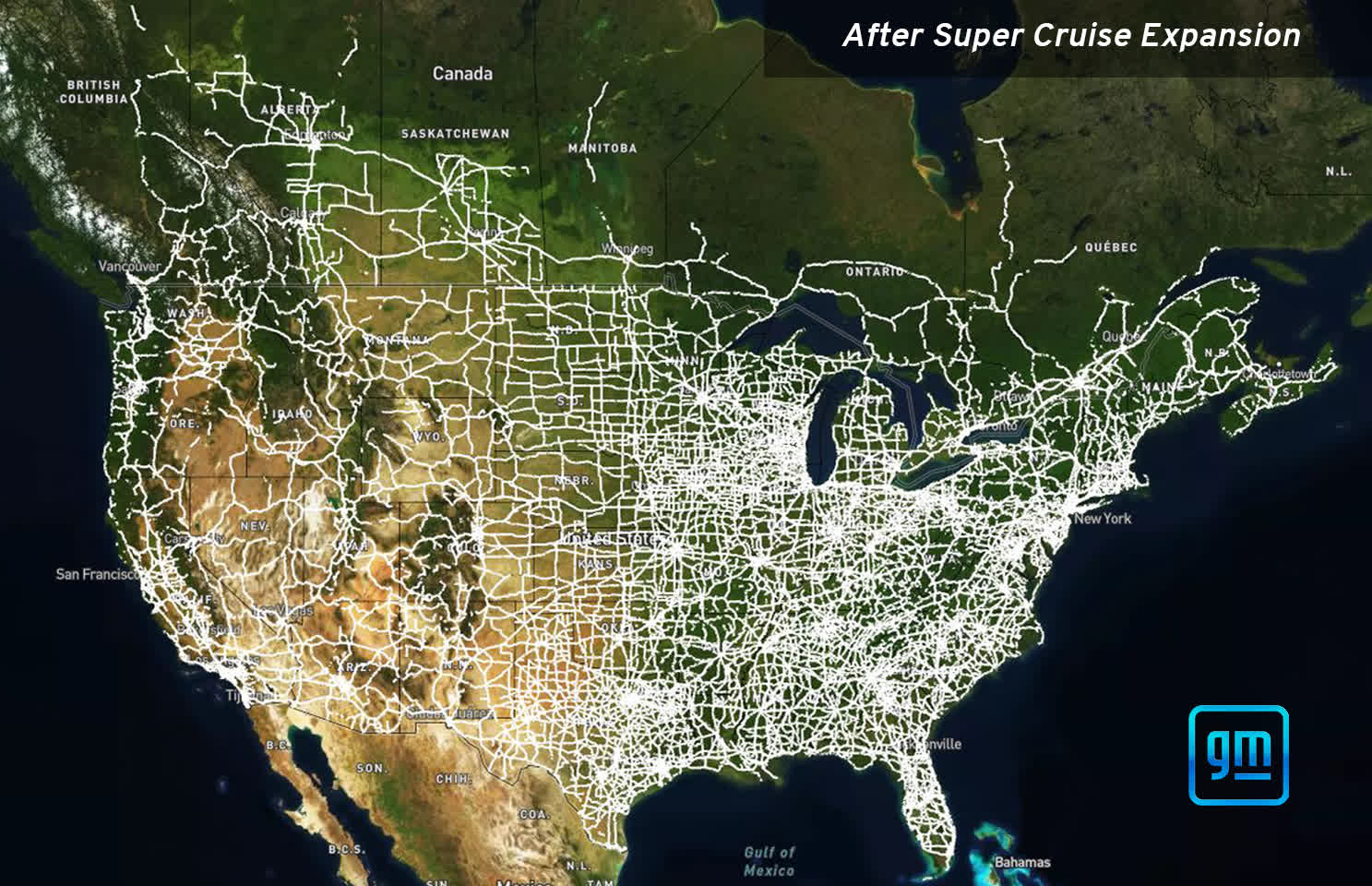
Initially, SuperCruise was only available in the massive Cadillac Escalade, a truck-sized luxury SUV. When SuperCruise is active and running, the vehicle "bounces" inside the lane from side to side as the lane tracing system struggles to keep centered. It sometimes wanders uncomfortably close to the edges of your lane, which feels even tighter in a large vehicle like the Escalade. Because SuperCruise relies on pre-mapped roads, changes like highway expansions or construction may cause the system to deactivate abruptly. At this point, SuperCruise requires the driver to place their hands on the steering wheel and take control of the vehicle.
SuperCruise uses a three-stage system to alert the driver that they need to take control. At first, a message displays on the center dash while the seat pulses to get your attention. Then, if the driver doesn't take control - or your hands aren't detected - the system will play a loud voice commanding you to take the wheel. I found myself arguing with this voice, yelling at it that I had taken the wheel while it screamed at me to take the wheel. I even moved the steering wheel back and forth a bit, hoping it would detect I had, in fact, taken the wheel.
After arguing with the automated voice for half a minute, we (my family and I) experienced stage three. Stage three turns on the hazard four ways and begins to bring the vehicle to a stop. On the highway, this is a frightening experience. Shutting the cruise system off finally broke the cycle.
Ford BlueCruise
Ford recently joined the Level 2 self-driving club by introducing their BlueCruise system. BlueCruise works similarly to GM's SuperCruise, using onboard sensors for adaptive cruise control and lane tracing. It also uses pre-mapped roads known as Blue Zones.
While Ford is constantly adding and updating roads via over-the-air updates, there are some gaps from missing secondary highways, roads, and streets. Ford claims there are over 130,000 miles of mapped roads in Canada and the US as of 2023. BlueCruise also performs automatic lane changes when prompted by the driver. The latest version of BlueCruise automatically adjusts the speed of your vehicle to take sharp bends to improve comfort.
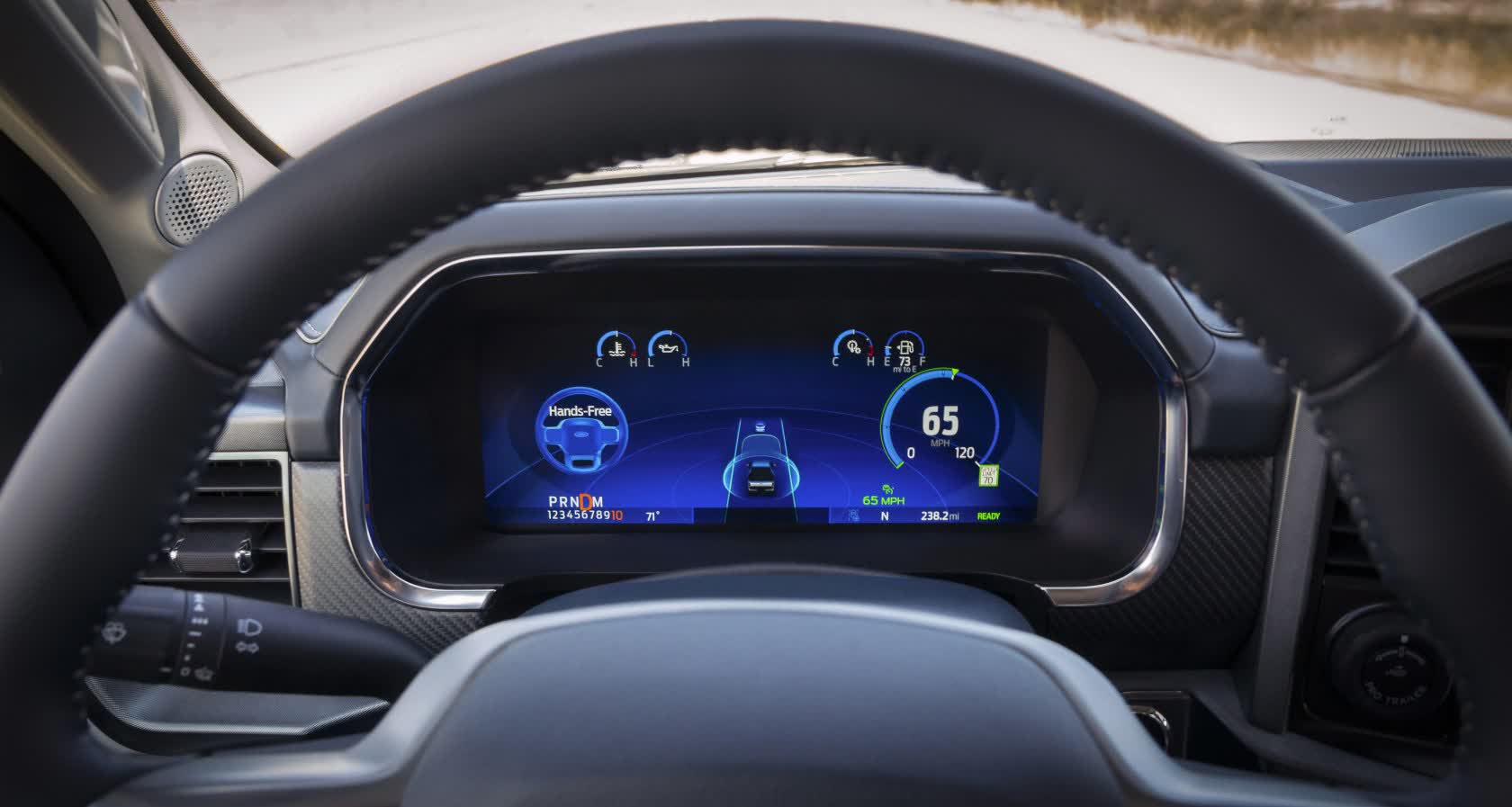
Again, as with GM, Ford uses eye-tracking technology to ensure the driver always looks forward. In the Mustang Mach-E, an eye-tracking bar sits at the top of the steering wheel column. Reading the Mach-E's dashboard is somewhat blocked by the eye-tracker, depending on the driver's height or seat position.
The eye tracker is split on the F-150 Lightning and Ford Expedition models. One half sits in the front driver's side A-pillar. The second hides behind the massive touchscreen to the driver's right. In this setup, the eye-tracker blends into the interior rather well, easy to miss.
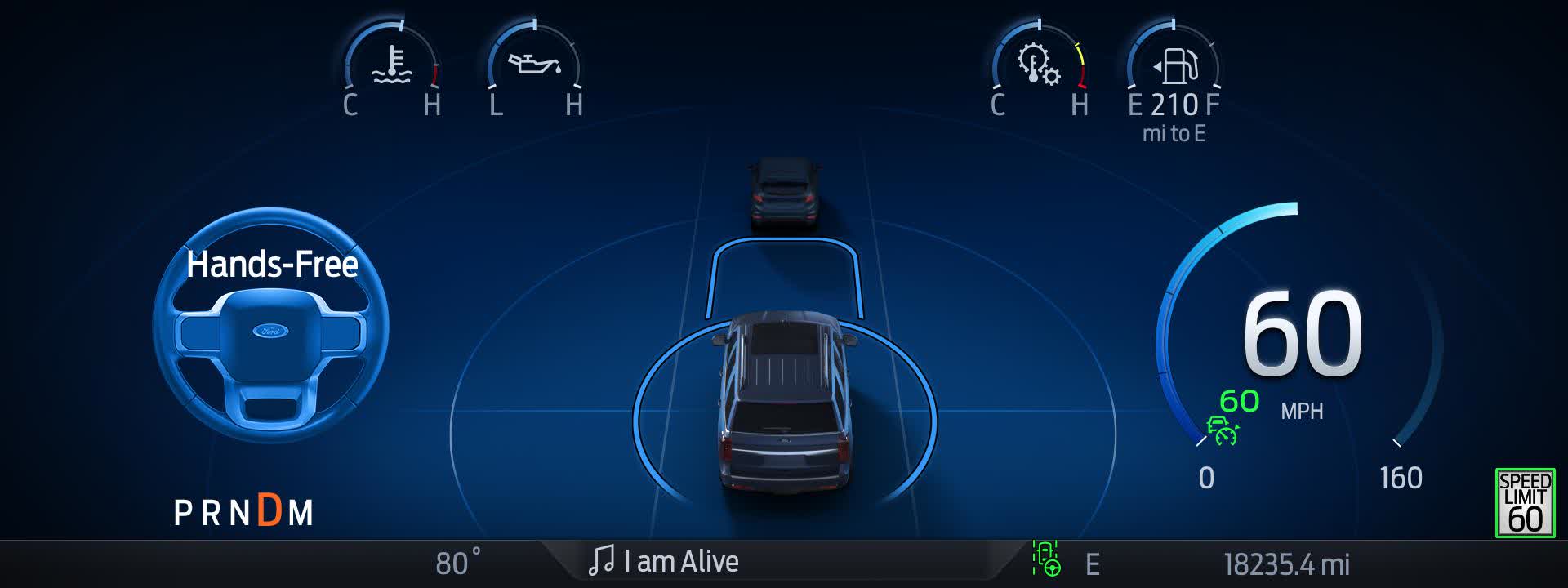
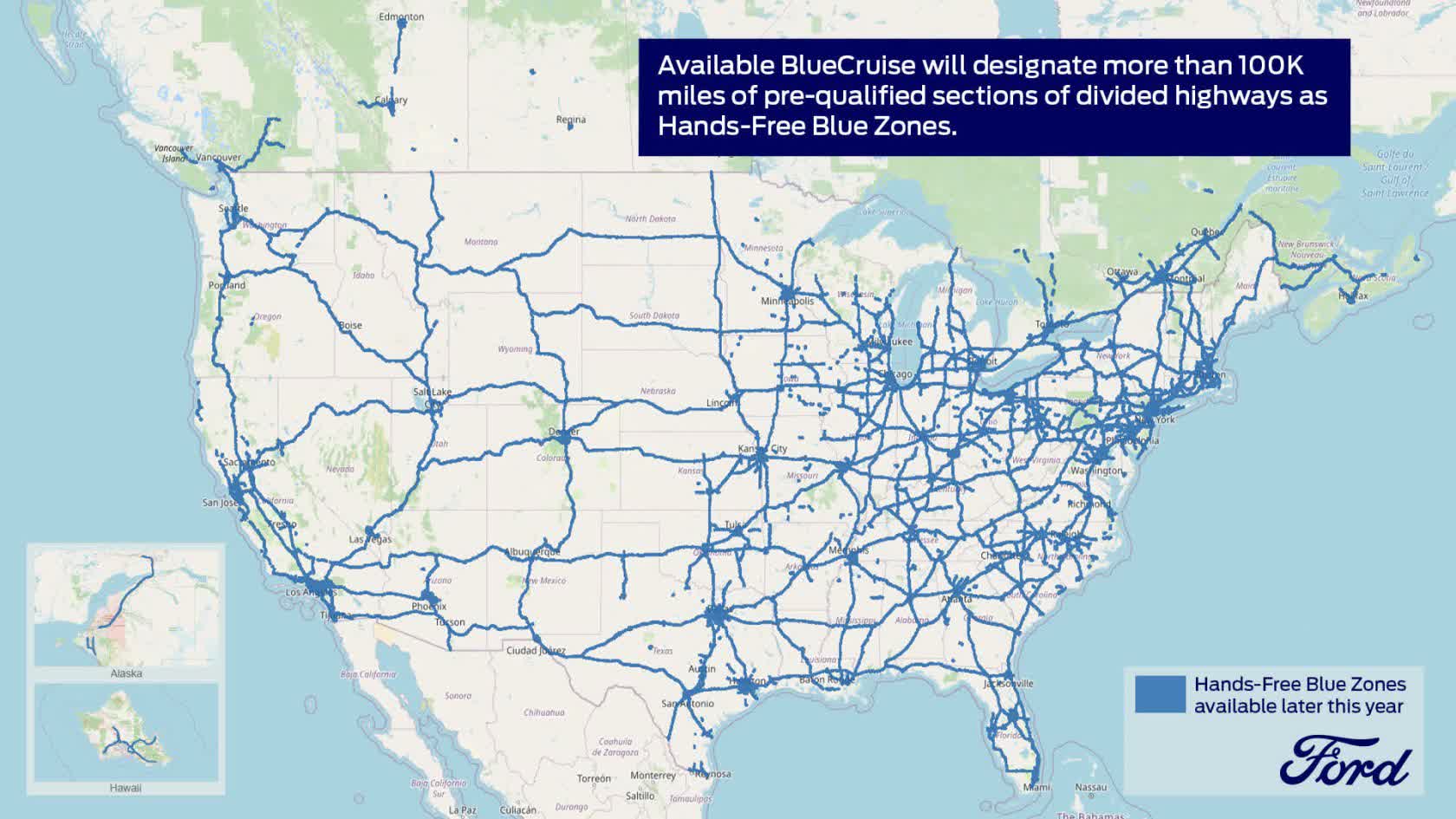
In practice, Ford BlueCruise is the most driver-friendly, and it shows. BlueCruise was recently rated the top active driving assistance system in 2023 by Consumer Reports.
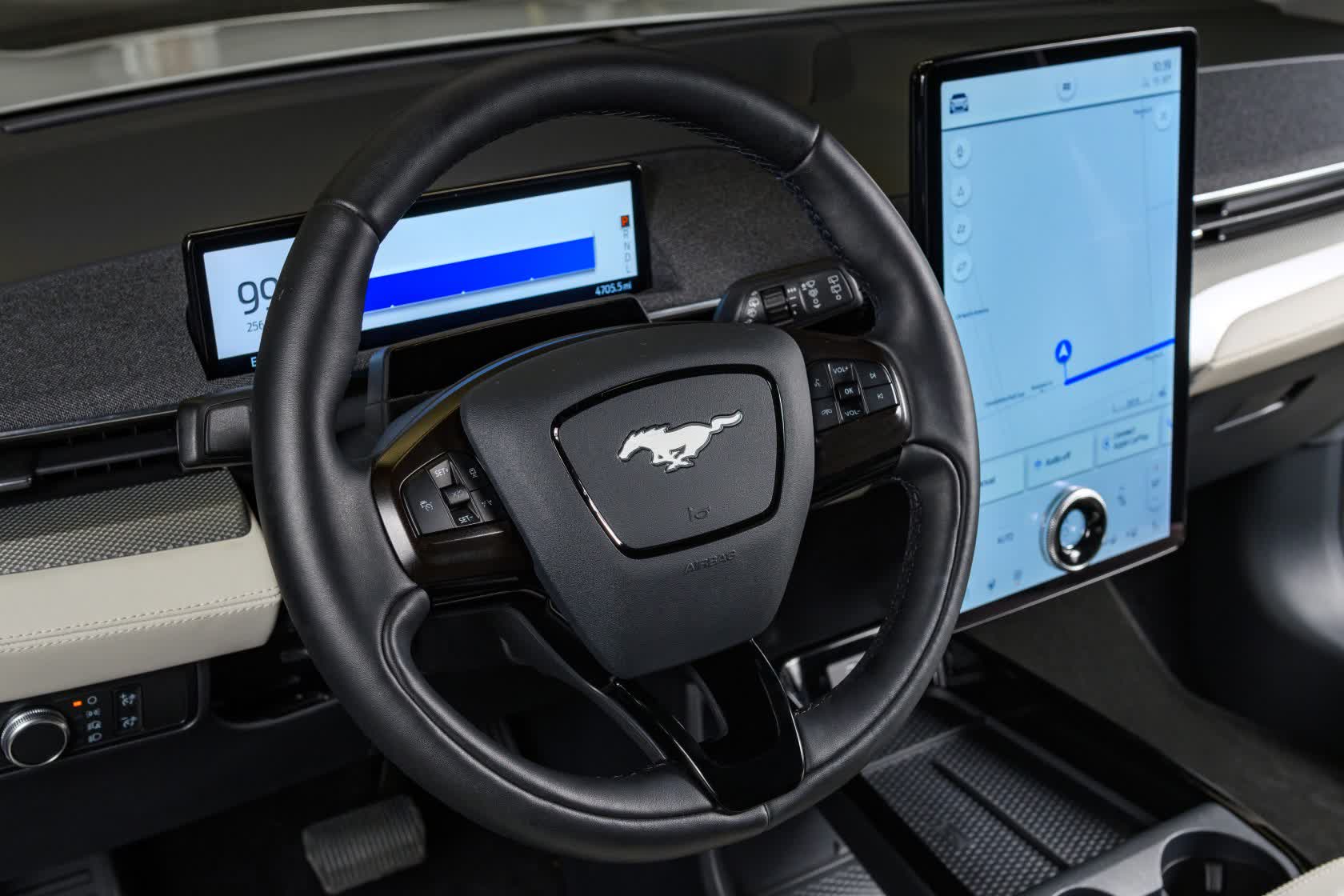
BlueCruise lane-tracing does an excellent job keeping large vehicles centered in their lane, even while turning and with crosswinds. The eye trackers are in the perfect spot to allow you to enjoy the view while BlueCruise keeps the vehicle on course. Checking messages on your phone while trying to fool the system will backfire because your phone blocks the trackers from detecting your eyes, and the system prompts for driver intervention. You can enjoy a breakfast sandwich and coffee on your ride to work as long as your eyes monitor the road ahead. The experience is so relaxing that it's similar to travelling business class on a commuter train.
Kia / Hyundai Highway Assist
Since Kia shares most of its technology with partner Hyundai and fellow subsidiary Genesis, the Level 2 system developed by Hyundai appears on models from all three companies. What sets 'Highway Driving Assistant', the name Hyundai gives their Level 2 system, from the others is how much, or little in this case, it trusts the driver.
While HDA will run adaptive cruise control and lane tracing simultaneously, it doesn't let the driver go completely hands-free. HDA will prompt for driver input if it doesn't sense resistance on the steering wheel after about 30 seconds. HDA can't make lane changes for you automatically, but it does intelligently accelerate into the new lane.
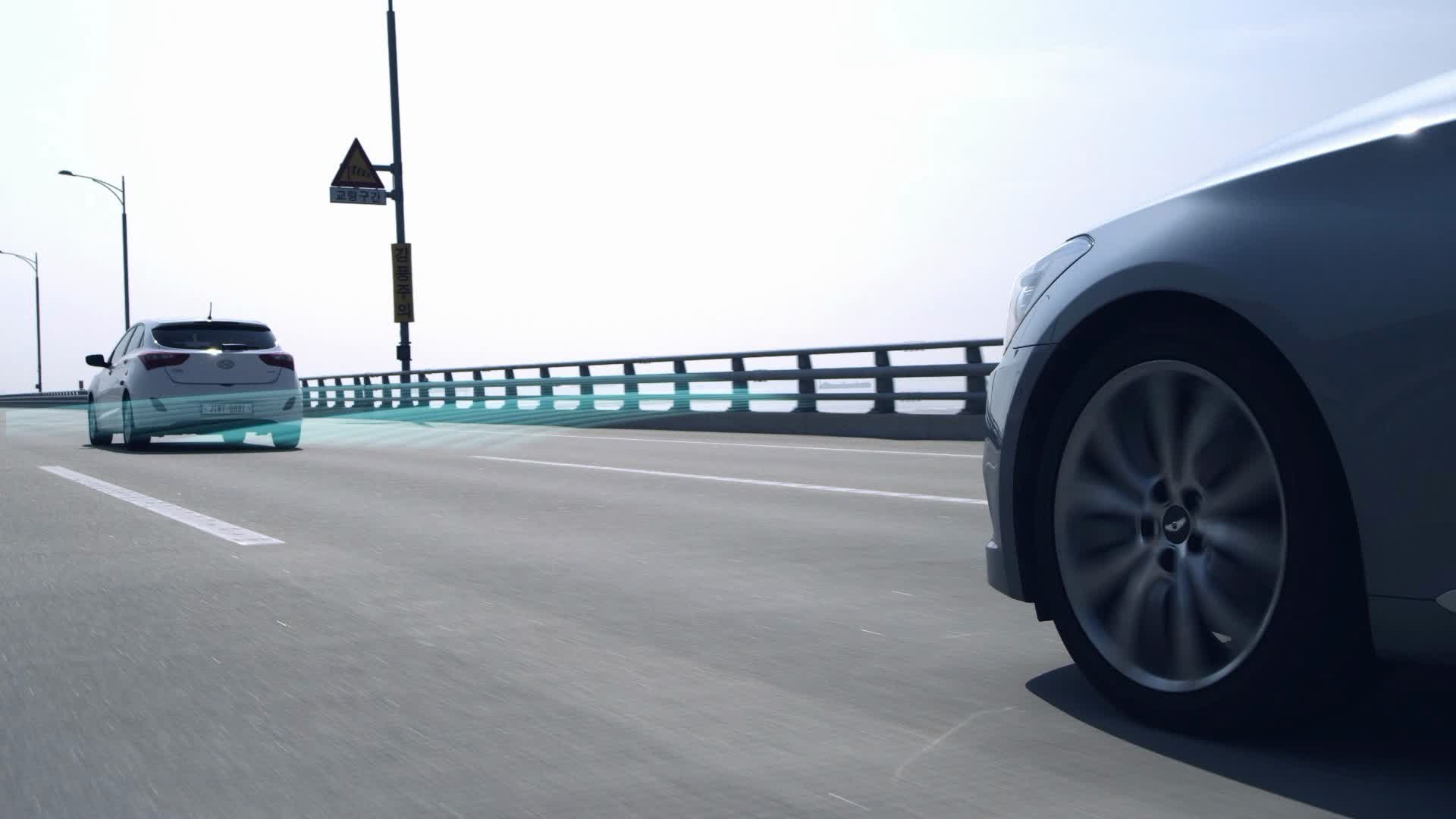
Highway Drive Assist II is an updated version of the technology that adds improvements to the original. HDA II does perform automatic lane changes but takes it a step further. An HDA II vehicle will react by moving in its lane to keep space from other wandering vehicles. If someone cuts off a car using HDA II, it responds quickly to restore a safe gap and adjust the speed. Even with the added features, this latest version of Highway Drive Assist doesn't allow the driver to go completely hands-free.
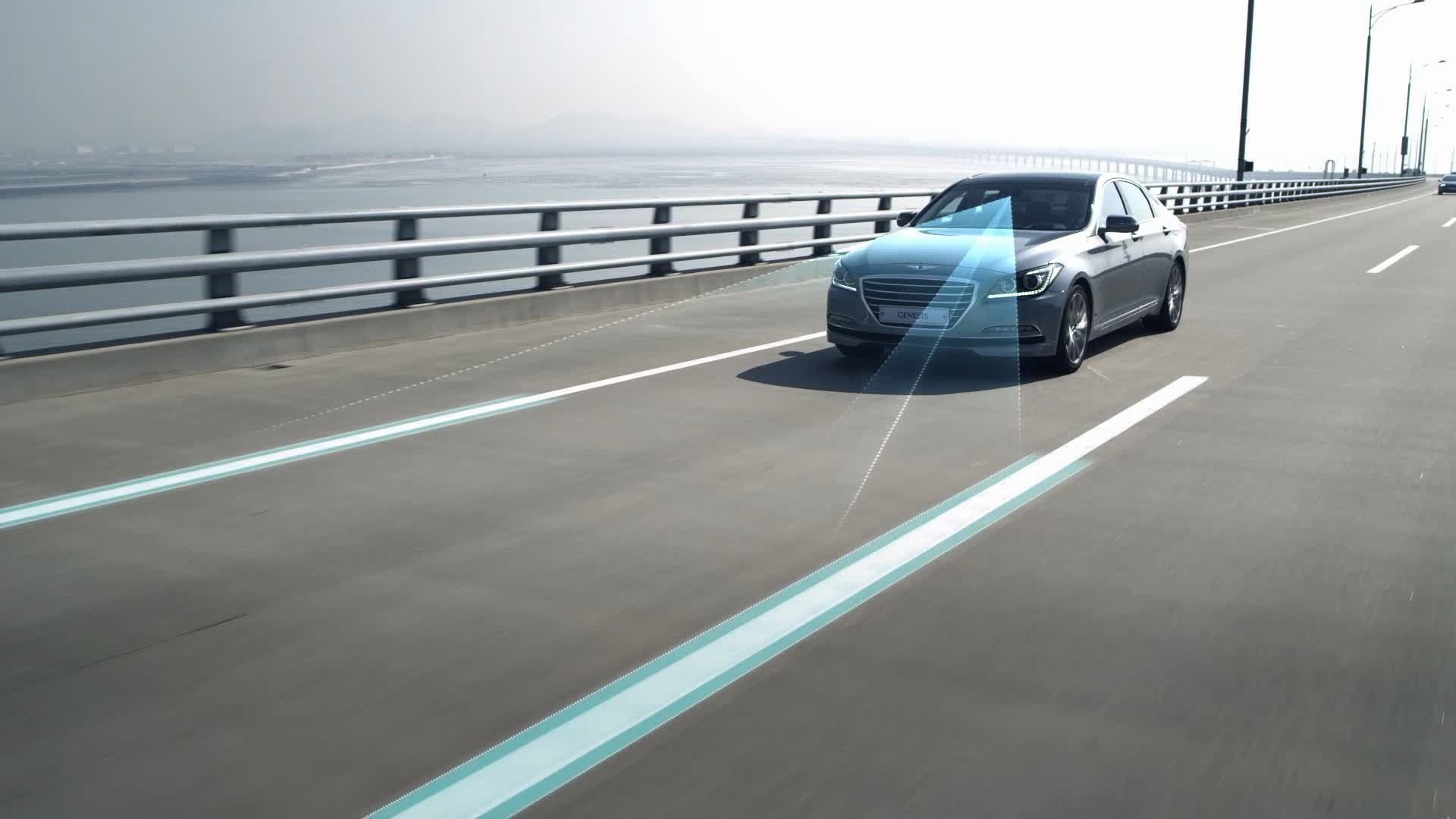
In practice, however, both versions get close to a hands-free experience. Providing gentle input, or resting your hand on the steering wheel, is enough to keep HDA active. Of the systems we tested on the list so far, HDA did a remarkable job centering the vehicle in the lane. It smoothly follows the curves and changes to the lane with hardly any ping-ponging between the lines. Because the system doesn't rely on pre-mapped roads, it activated on every highway or freeway tested. Changing lanes is smooth and aided by side-mirror cameras that give the driver a great view of blind spots. Despite lacking a hands-free system, the system's competence makes HDA well-regarded among the automotive press.
Mercedes Drive Pilot
It's clear that the best most companies have to offer, including once industry leader Tesla, is only Level 2 as defined by the SAE standard. Mercedes Benz means to change that this year. While already available in Germany, the Mercedes Drive Pilot is coming to the US sometime in 2023. However, a long list of restrictions is attached to the good news, so don't get too excited.
Mercedes Drive Pilot is the first (self-certified) Level 3 system available. It will drive the vehicle, as long as conditions are right, without needing driver awareness while active. In demos of the system, Mercedes encouraged drivers to play Tetris on the built-in infotainment system.
But, as defined within the SAE standard, a Level 3 system only operates when certain conditions come together. Drive Pilot won't exceed 45 mph speeds, must be during the day in clear weather, and only on roads mapped by the system. According to Mercedes' engineers, these aren't limitations of Drive Pilot's capabilities. Instead, restrictions were put in place by the German government. Generally available Level 3 self-driving cars are still a legal black hole. The Mercedes EQS EV is the only vehicle with Drive Pilot currently available.
The technology behind Drive Pilot is impressive, using an array of sensors to provide the neural network - their technical term, not ours - with failsafe data. First, long-range radar provides data on objects ahead and cuts through fog and snow. Secondly, a long-range LiDAR system draws a point map of the environment around the EQS. While providing impressive granular detail, the system is easily tricked by dust, dirt, spray, and rain.
Finally, stereo cameras and acoustic sensors pick up visual objects, monitor the road's wetness and even sense approaching emergency vehicles. The complex suite of sensors allows the Drive Pilot algorithm to process the same data points from multiple sources instead of having to trust a single system for the information.
Drive Pilot isn't widely available in the US yet. As of publication, only Nevada has permitted Drive Pilot on public roads, although Mercedes expects that to expand. While the system does give you the freedom to disengage from driving, the conditions are so limiting that it's hard to see a use for it in everyday life. Still, many may find checking email, watching a movie, or answering texts while the vehicle pilots itself at 45 mph attractive.
Other Systems
Level 2 self-driving systems of varying degrees will be available in a swath of makes and models in 2023. Each system shares the common traits defined in the SAE standard, simultaneously using adaptive cruise control and lane-tracing assist. But how much time a driver gets hands-free will vary since most systems rely on some sustained steering wheel input.
Volkswagen IQ.Assist and a similar approach in Porsche and Audi vehicles require steering feedback after a short hands-free interval. Honda's HondaSensing technology allows about 10 seconds of hands-free driving before it asks for driver steering input.
Some other systems limit minimum or maximum speeds to use their Level 2 system. The systems we listed above can all handle stop-and-go traffic jams.
Nissan's ProPILOT Assist brings the vehicle to a complete stop, holds the brakes, and accelerates when traffic moves again. However, only Nissan's ProPILOT 2.0 enables a driver to go hands-free. ProPILOT Assist 2.0 is only available in one vehicle in 2023, the Nissan Ariya EV.
There are 12 different systems considered Level 2 you can buy for the road in 2023, however, only the systems: Ford BlueCruise, GM SuperCruise, BMW Driving Assistance Pro, Mercedes Driver Assistance, Tesla AutoPilot, and Toyota Safety Sense 3.0 get top marks for capability in a 2023 Consumer Reports evaluation.
Challenges That Self-Driving Cars Still Face
There are a lot of debates and challenges still facing self-driving cars. The legislative and general public response to self-driving car issues, the laws that still need to get made to allow self-driving vehicles to operate and where these laws exist.
When you consider the advances in autonomous driving, some manufacturers have made significant leaps and bounds in their technology, the bulk of it in the last decade. Mercedes's new Level 3 Drive Pilot sets a solid foundation to advance into Level 4 and even Level 5 self-driving cars. Recently, VW acquired a startup called Argo AI for $2.6 billion. VW plans to use the technology in creating vehicles with Level 4 self-driving capability. But, the reality is that automotive companies are still youngsters regarding technology development.
Connectivity and infotainment systems have only become mainstream in the last decade. Developing software and hardware solutions, algorithms, AIs, cameras, and even neural networks are technologies that these companies have little expertise in.
Waymo, a subsidiary of Alphabet, continues researching and developing prototype Level 5 self-driving systems. Companies like Uber had projects in development at one point, but the cost of development proved too much. But even Waymo's technology, a success by many standards, hasn't yet begun to tackle the challenge of integrating into an everyday vehicle.
Waymo has made great strides with its ride-hailing service Waymo One, available in Phoenix and San Francisco. But these cars are Frankensteined versions of their former selves. Large sensors hang off the sides, and a bulky camera mast sits on the roof. These modifications are expensive, heavy, and visually distracting, which makes them less appealing to the broad customer base.
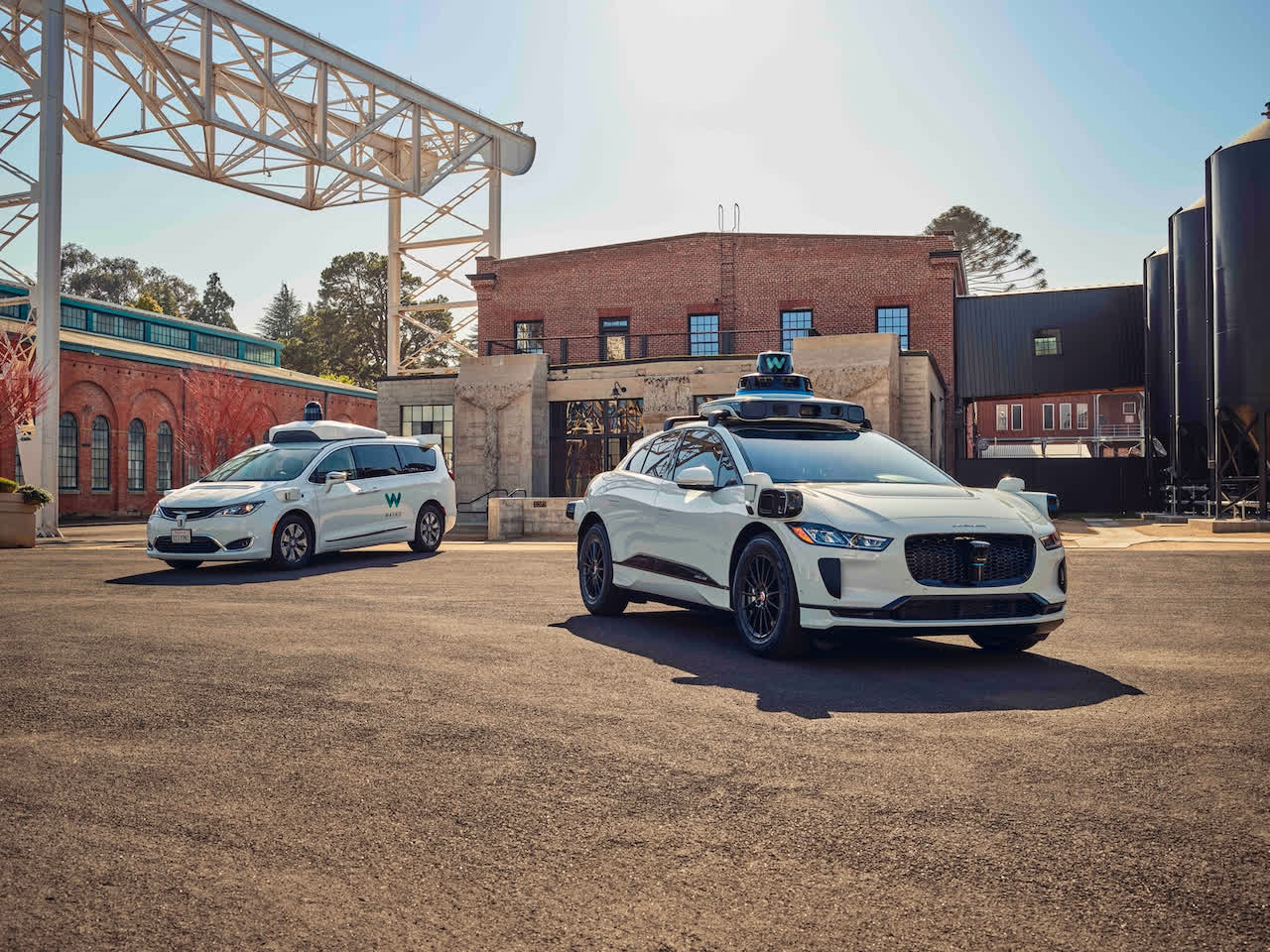
However, the most significant hurdle to self-driving cars isn't the technology itself. Getting self-driving vehicles on the road faces stiff government resistance and social stigma.
As of 2023, no laws in the US, Canada, UK, and most of the EU permit self-driving vehicles on public roads. While some states and provinces have laws allowing testing, getting Level 4 or 5 vehicles approved for general use is a major uphill battle. Administrative hurdles are something Mercedes is seeing as they work to get their Drive Pilot Level 3 system approved, putting performance restrictions on Drive Pilot to appease lawmakers.
While self-driving cars do have their advocates, there is strong opposition from the press, social advocacy groups, and the general public. The problem of making life-and-death ethical choices, like saving the driver or saving a pedestrian, is just one of many philosophical debates surrounding self-driving vehicles. Finally, there's the question of trust. Will people trust a Level 4 or 5 vehicle? Even going hands-free in a Level 2 vehicle today was too much for a few who had the chance to test it with me.
But there is hope. Technology is being developed at a pace we've never experienced before. As new startups and technology emerge, they often get acquired by vehicle manufacturers and have their innovations fast-tracked into a vehicle lineup. Others use innovation labs in tech hot spots like Silicon Valley, hiring from industries not usually associated with vehicles. The race for a Level 5 self-driving car is well and truly on.
